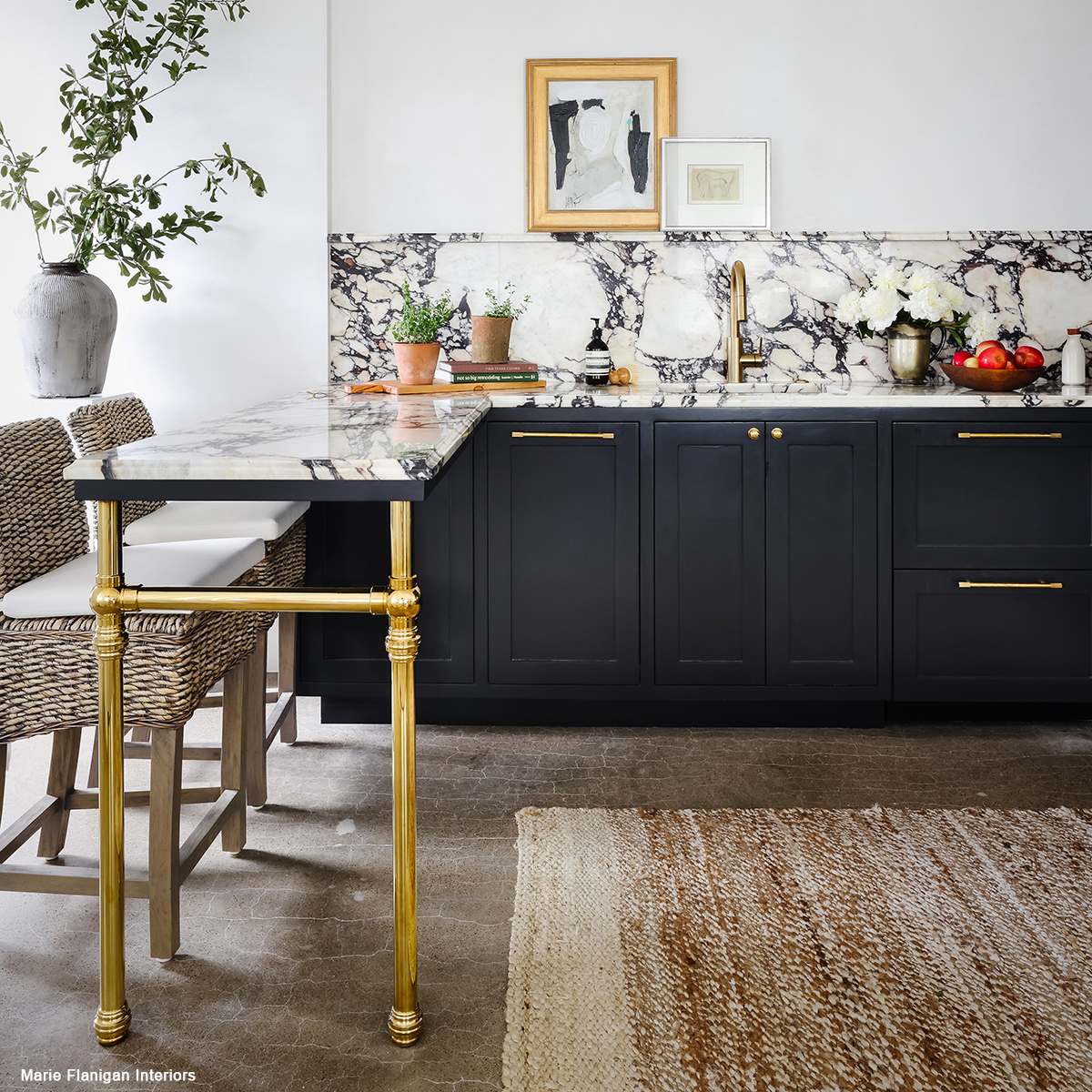Necessary Aspects to Take Into Consideration When Choosing Legs For Kitchen Area Island
Selecting the appropriate legs for a kitchen area island involves a cautious analysis of numerous variables that can dramatically influence both functionality and aesthetic appeal. As we discover these components, it becomes clear that each choice can have significant effects for the overall cooking area experience.
Material Options
When selecting legs for a kitchen area island, recognizing the numerous product alternatives is necessary for achieving both aesthetic appeal and structural integrity (Legs For Kitchen Island). The choice of product considerably influences not just the sturdiness of the island yet additionally its total design and capability
Wood is a popular choice, providing heat and versatility. Strong hardwoods, such as oak or maple, provide stamina and can be tarnished or painted to match the cooking area design. Steel legs, typically made from stainless-steel or wrought iron, contribute a contemporary and industrial feeling while making sure resilience and stability. These products are resistant to wear and can support considerable weight, making them optimal for larger islands.
Another option is crafted products, like MDF or plywood, which can be a lot more economical while still supplying a range of surfaces. They might not give the exact same level of security as solid wood or steel. Legs For Kitchen Island. Products such as acrylic or glass can create a modern appearance, though they might call for added support to guarantee security.
Inevitably, the choice of material for cooking area island legs should straighten with the preferred capability and the total style of the kitchen area.
Design and Layout

When considering style, the shape and surface of the legs are critical. Conical legs can give a sense of agility and sophistication, while thicker, extra robust legs can communicate stamina and stability. Furthermore, the finish-- be it repainted, discolored, or natural-- need to enhance the kitchen cabinetry and kitchen counter products to create a unified appearance.
In addition, the style of the legs can likewise reflect personal preference. Customized or ornamental legs, such as those including intricate makings or unique geometric shapes, can function as prime focus, adding personality and individuality to the kitchen area. Eventually, the appropriate option will not just enhance performance but additionally elevate the visual allure, making the kitchen island a standout feature of the home.
Elevation Considerations
Picking the proper elevation for kitchen area island legs is important, as it directly influences both performance and comfort. The common elevation for a kitchen island generally varies from 36 to 42 inches, aligning with usual countertop heights. A 36-inch height is suitable for food preparation and cooking, enabling comfortable usage of kitchen area devices and devices. Conversely, an elevation of 42 inches is commonly favored for islands meant for bar seats, suiting taller stools and providing a casual dining experience.

It is likewise crucial to make up individuals' elevations and preferences. Personalizing the height can guarantee a comfy experience for all member of the family, making the kitchen island a much more functional and enjoyable space.
Weight Assistance
Making sure sufficient weight support for cooking area click site island legs is important for both security and capability. The kitchen area island frequently offers several functions, including cooking, eating, and additional storage click to investigate space, requiring a durable support structure. When choosing legs, it is important to take into consideration the overall weight capability required based on the island's intended usage and the products that will certainly be put on it.
The choice of material for the legs plays a considerable function in their weight-bearing capabilities. Strong wood, metal, and durable composites typically give premium stamina compared to lighter products. Furthermore, the layout of the legs-- whether they are straight, tapered, or have a pedestal type-- can influence their capacity to distribute weight properly throughout the framework.
Always consult the supplier's requirements regarding lots limits to ensure that the legs can sustain the intended weight without endangering security. In recap, choosing cooking area island legs with appropriate weight assistance is important for developing a secure and practical culinary space.
Installation and Upkeep
Appropriate installment and maintenance of kitchen area island legs are essential for ensuring long life and stability. This often entails safeguarding the legs to the island base using ideal fasteners, ensuring that the legs are degree and lined up.
When set up, routine maintenance is needed to protect the honesty and appearance of the legs - Legs For Kitchen Island. For wooden legs, routine cleansing with a damp fabric and application of appropriate wood gloss can protect against dampness damages and keep their surface. Steel legs might need a mild cleaning remedy to remove oil and gunk, complied with by a dry towel to protect against corrosion development
Additionally, examine the legs consistently for indications of wear or damage, such as fractures or loose joints. Tightening up screws or screws as required can likewise extend the lifespan of the legs. By adhering to these setup and upkeep methods, homeowners can make sure that their kitchen island remains tough and visually appealing for many years ahead.
Verdict

Visual comprehensibility is vital in choosing the design and style of legs for a kitchen island, as these elements substantially influence the overall atmosphere of the area. Conical legs can offer a sense of lightness and style, while thicker, a lot more durable legs can convey strength and stability.Choosing the ideal elevation for kitchen island legs is essential, as it directly affects both capability and comfort. In recap, picking kitchen area island legs with appropriate weight support is necessary for developing a secure and practical culinary area.
In conclusion, picking legs for a kitchen area island necessitates cautious consideration of numerous elements, consisting of material options, style, height, weight assistance, and setup.